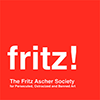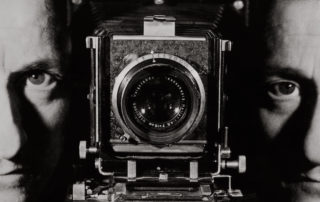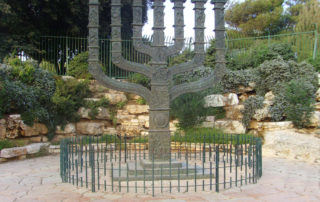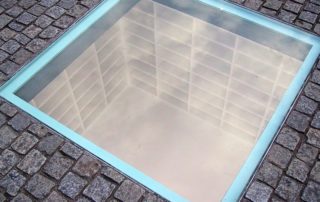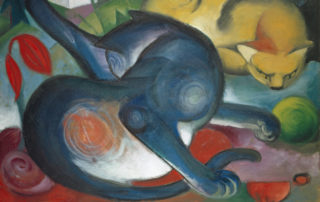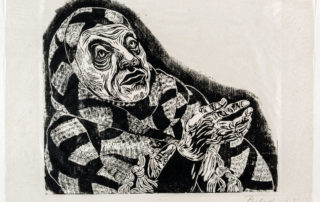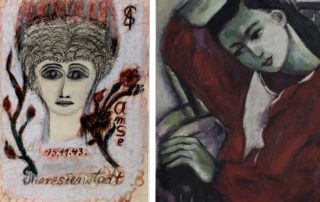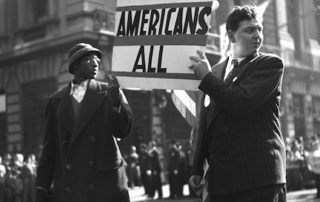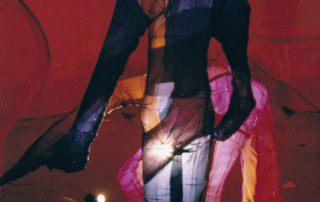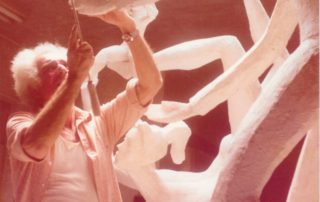Between America and France:
Varian Fry and the Rescue of Artists
Talk by Ori Z Soltes, PhD
With a belated reminder of the proximity of the American and French Independent Day celebrations, this talk focuses on the artists’ Schindler, the American journalist, Varian Fry (1907-1967). Using methods both legal and not, Fry managed to rescue some 2,000 individuals from France between 1940 and 1941. France had become largely swallowed up by Nazi Germany, the “free” parts in Southern France (Vichy France) were not necessarily unreluctant to assist with the deportation of Jews into Nazi-held territories, and the US immigration policies were far from open-handed to those seeking refuge. Who was he and who were some of those he helped—or in some cases, could not help—to escape destruction? Lecture by Ori Z. Soltes, introduced and moderated by [...]
